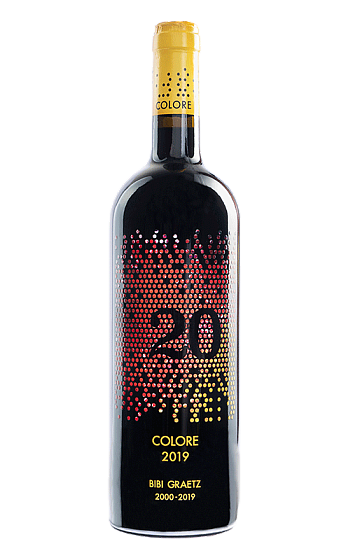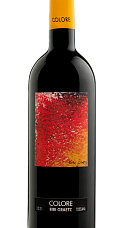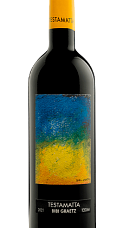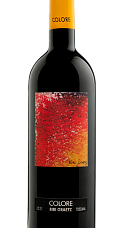Bibi Graetz Colore 2019
Descripción
Este es el monovarietal de Sangiovese que ha coronado a Bibi Graetz. Proveniente de tres viñedos con vistas a Florencia, repletos de viñedos muy viejos, Colore es uno de esos tintos para guardar a buen recaudo en tu bodega durante muchos años. En esta añada 2019, Graetz celebra su vigésimo aniversario como viticultor, presentando una nueva imagen conmemorativa. Sin duda, un tinto para el recuerdo.
Ficha técnica
Cata
Viñedo y elaboración
Opinión de los críticos
Dressed for a party, the Bibi Graetz 2019 Colore celebrates the estate's 20th anniversary with a special commemorative (2000-2019) bottle. This vintage of Colore is 100% Sangiovese (the small part of Colorino in the blend we saw last year has been removed) because Bibi thought the Sangiovese elegant enough to stand alone. Fruit comes from three vineyard sites with 70-, 80- and 90-year-old vines, respectively. The wine offers big intensity and beautifully lifted aromas and more textural support than we saw in the slightly thinner 2018 vintage. The bouquet reveals balsam herb, cassis, pressed rose, garden mint and crushed stone. Fruit from the southern-most site, Poggio Matto in Casciano del Murlo (in the province of Siena), was blended in at a greater percentage to help build the structure and momentum of this cellar-worthy wine.
This is so perfumed and seductive, with blackberries, cherries, dried flowers and perfume. It’s full-bodied and tight with very fine tannins. Really structured and long. Superb tannin texture. So fine, yet so powerful. This is an incredible combination of fruit and structure. Old-vine magic. Drink after 2026.
The ‘dream’ in Italian, this is from very old, high-altitude vineyards on stony soils mixed with sand and stone. This is one of the wines of the tasting, a real showstopper that captures your interest and holds it all the way. Red cherries and strawberries dominate the nose with softly-spiced liquorice touches. But it’s the texture that’s so captivating, gripping straight away and holding you there, but in a soft and gentle way. Bright acidity comes in keeping things fresh and welcoming while the structure and length give a lovely roundness. A real success. Grapes for Colore are sourced from three vineyards, with each harvested up to eight times. After the first selection in the vineyards, a second selection occurs at the winery before destemming where grapes are softly pressed and placed in open-top barriques, keeping each plot and parcel separate from the others. The fermentation is conducted naturally by indigenous yeasts without temperature control lasting up to two weeks, with one extra week of maceration on the skins. After the fermentation the wine is moved into new barriques, where the malolactic fermentation happens. Each parcel is aged separately for almost 20 months before the final blend is decided.








Añadas: 2022 2021 2020 2019
Esta añada no tiene valoraciones todavía. Pincha en las otras añadas para ver sus valoraciones.
Esta añada no tiene valoraciones todavía. Pincha en las otras añadas para ver sus valoraciones.
Esta añada no tiene valoraciones todavía. Pincha en las otras añadas para ver sus valoraciones.
Esta añada no tiene valoraciones todavía. Pincha en las otras añadas para ver sus valoraciones.